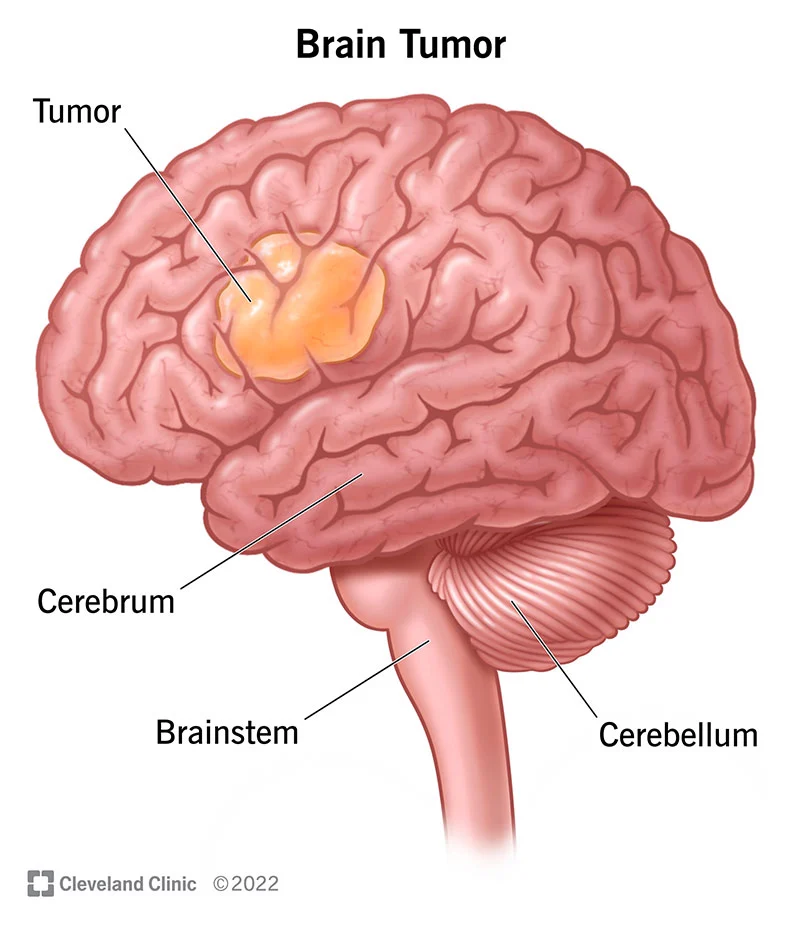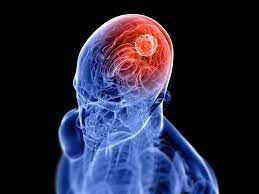Phencyclidine (PCP) is a powerful dissociative drug that was first developed as an anesthetic in the 1950s. Despite its potential medical benefits, PCP is rarely used today due to its high potential for abuse and addiction. PCP use disorder is a serious and potentially life-threatening condition that can have long-term physical and psychological consequences for those who struggle with it.
Individuals with PCP use disorder may experience a range of physical symptoms, including dizziness, blurred vision, numbness or tingling in the limbs, and difficulty with coordination and balance. They may also experience psychological symptoms such as hallucinations, delusions, paranoia, and dissociation from reality. These symptoms can be extremely distressing and can interfere with the individual’s ability to function in daily life.
PCP use disorder can also have long-term consequences for an individual’s physical health. Chronic use of PCP can cause damage to the kidneys, liver, and other organs, as well as increase the risk of heart disease and stroke. In addition, individuals who inject PCP are at risk of developing infections such as HIV and hepatitis.
Treatment for PCP use disorder typically involves a combination of behavioral therapy, medication, and other supportive measures. Behavioral therapy can help individuals to identify the underlying causes of their addiction and develop coping strategies to manage cravings and triggers. Medications such as antidepressants and antipsychotics may also be used to manage psychological symptoms.
In addition to therapy and medication, individuals with PCP use disorder may benefit from support from family, friends, and support groups. These individuals can provide encouragement, accountability, and emotional support throughout the recovery process.
It is important for individuals with PCP use disorder to seek treatment as soon as possible to prevent further physical and psychological harm. Treatment may involve a combination of inpatient and outpatient care, depending on the severity of the addiction and the individual’s needs. Inpatient treatment may be recommended for individuals who require medical detoxification or who have other medical or psychological conditions that require intensive monitoring and care.
While recovery from PCP use disorder can be challenging, it is possible with the appropriate treatment and support. Individuals who successfully overcome their addiction can go on to lead happy, healthy, and fulfilling lives free from the negative effects of PCP use.











